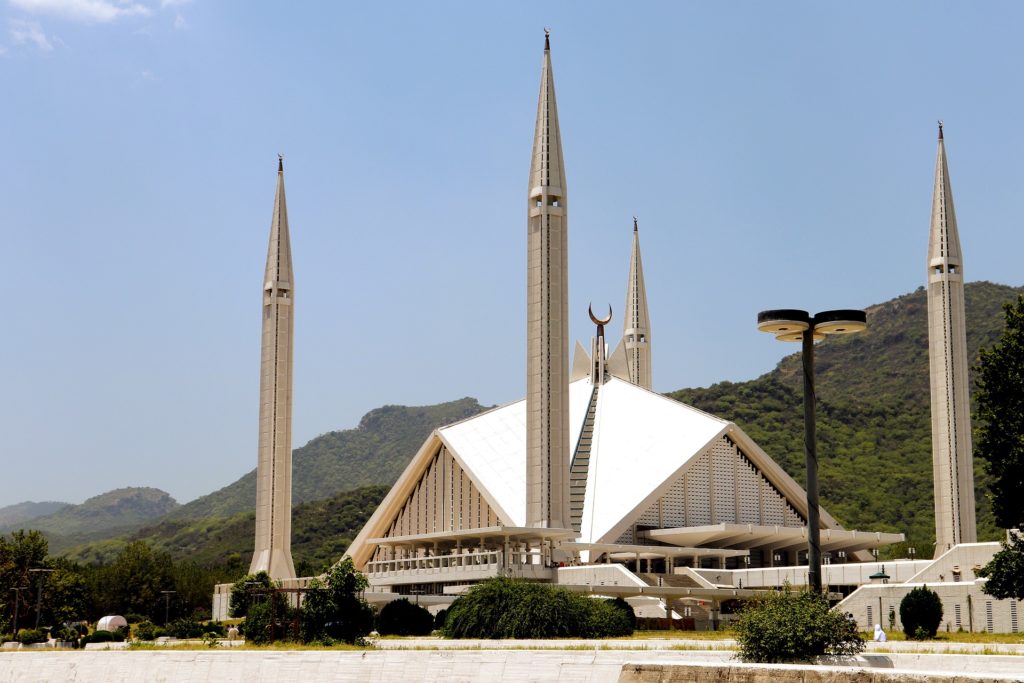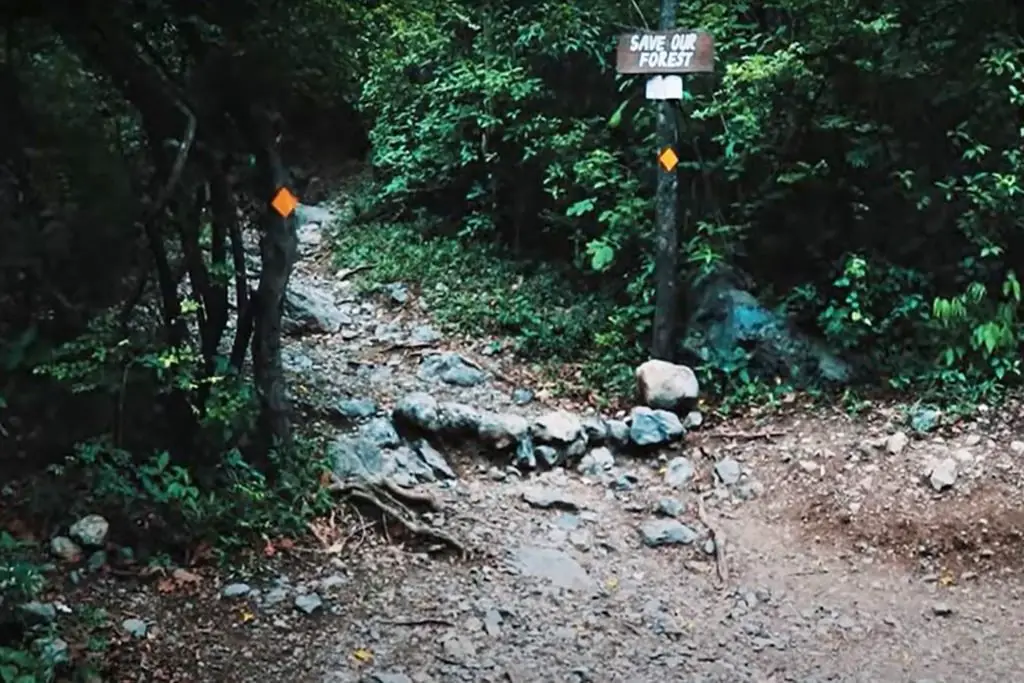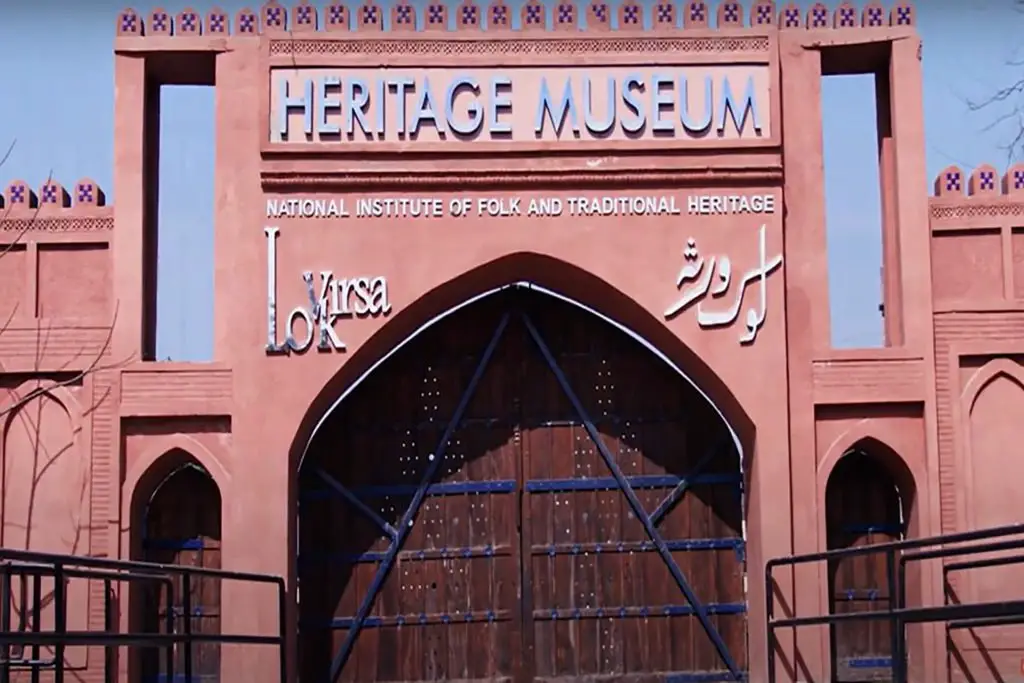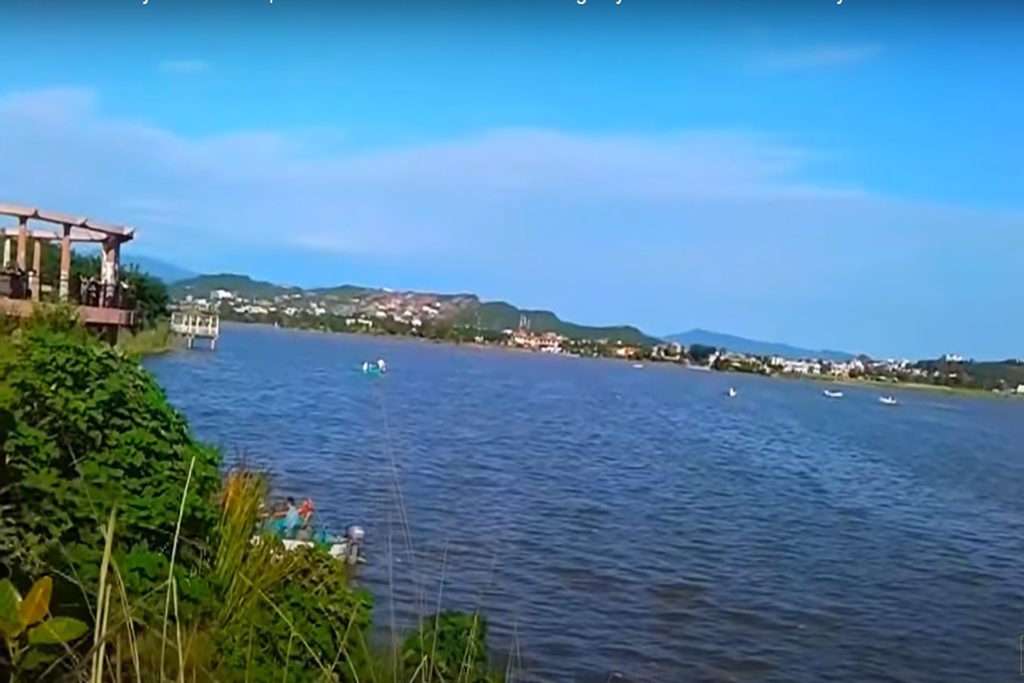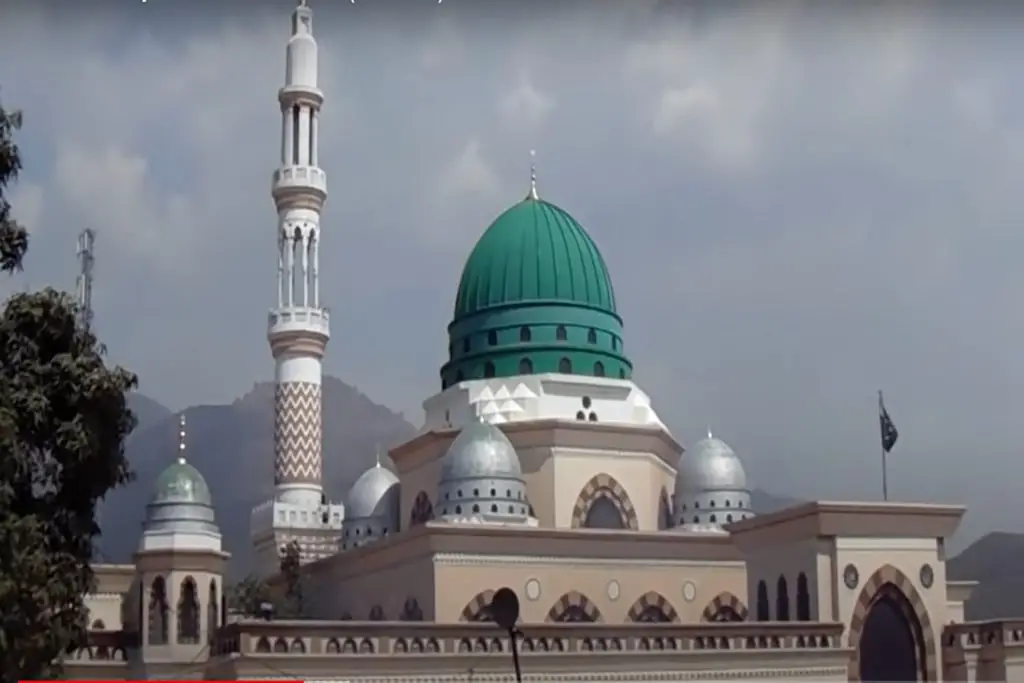Introduction
Shah ALLAH Ditta caves can be found in a centuries-old village located in Sector D-12 (a few kilometers from Sector E-11) at the foothills of the Margalla Hills in Islamabad. These Caves in Shah ALLAH Ditta village are surrounded by the stunning lush green, saffron fields beyond the first layer of the Margalla Hills. It is believed that the village is as old as 700 years.
It was used as a route from Kabul to Taxila by Alexander and Sher Shah Suri. Shah Allah Ditta Road is said to have been built on the exact path followed by the emperor Sher Shah Suri during his visit to the area. Mughal Rulers also passed through this area while traveling between Afghanistan and Lahore / Delhi.
The remains of the Buddhist era dating back to the eighth century can be found in the area. The village is named after a Mughal period Dervish Shah Allah Ditta and bears significant importance for its natural beauty and historical background.
There are old caves in the village that were in use by Shah ALLAH Ditta, the eremite, and afterward by a Hindu Sadhu. These caves are next to the shrine of Shah ALLAH Ditta. The caves in Shah ALLAH Ditta temples are located around a naturally occurring streamlined with ancient Banyan trees adding magic to the glory of this ancient site.
Location of Shah ALLAH Ditta Caves
Buddhist Caves in Shah ALLAH Ditta are located in Sector D-12, just a few miles from the sprawling village of Shah Allah Ditta. These temples commemorate the period when the North West region of Pakistan was home to the Gandhara civilization.
This village lies on the former road that linked Punjab with Mansehra and the old Silk Route further north. Local people called it Gernaili Road (Derived from General, Sher Shah’s Road) which means it was likely built around (1486-1585).
A watering hole was built for travelers at the Shah Allah Ditta village by King Akbar (1556-1605) which is still there. Some of the remains and traces of the old road are also visible. There are huge Banyan trees, ancient caves, a clear water stream, and a legend of Buddhist markings which shows that it was built around in the Buddhist time 1000 BC.
The banyan tree itself is believed to be several centuries old judging from its girth. There are other similar trees along the route leading up to the place as well.
The caves, known locally as Sadhu ka Bagh, are located next to the shrine and tomb of Shah Allah Ditta.
From the Shah ALLAH Ditta caves, one can take a westerly climb and hike to Ban Faqirian stupa that is located at the top of the mountain.
Origion of Shah ALLAH Ditta Village
The village is named after a Mughal period Dervish or Saint.
Hindu religion is known for caves in remote areas in the middle of nowhere like the one in Hingol, Baluchistan called the Hinglaj Mata Mandir.
History of Shah ALLAH Ditta Caves
Archeologists believe that this site was originally a Buddhist enclave whose history dates back to the first century of the Common Era, where Buddhist monks and other devotees came on pilgrimage.
Located around One kilometer North of Shah Allah Ditta village are a few prehistoric limestone caves that have been in human use for thousands of years. Reportedly, these caves have been under use by Buddhist and Hindu monks. Contains a few very old banyan trees, with numerous roots falling to the ground, and a freshwater spring.
Potohar Plateau is known to be a Buddhist country. Likewise, Taxila, across from this section of Margalla, owned a large Buddhist university in ancient times, called Takashashila. The Brahman philosopher and strategist Chanakya (aka Kautilya 324 BC) lectured Chandar Gupt Mauriya at Taxila. This is a very picturesque cycling track that leads straight into the clearer side of Khanpur Dam, through valleys.
Marked on the ground close to the Shah Allah Ditta Caves the location where Alexander arrived and was received by Raja Ambi, King of Taxila. The road next to the caves leads to the main top of the mountain.
The caves contain 2,400-year-old Buddhist murals, as well as Buddhist relics dated to the 8th century. According to archaeologists, the caves, and the natural platform-like formations surrounding them, were used for meditation by Buddhist monks, Hindu sadhus, and Muslim ascetics (during the Mughal period).
Archeology of Shah ALLAH Ditta
Remains of the Buddhist period dating to the eighth century can be found here along with burnt a diya and trees tied to them.
Archaeological evidence suggests that Shah Allah ditta caves and platform-like structures surrounding the area were first used for meditation by Buddhist monks and later by Hindu sadhus before Muslim ascetics took over during the Mughal period.
The Shah Allah Ditta Caves are said to date back to the Stone Age when, archaeologists have said, these caves and rock shelters were first brought into use by humans.
These Caves are said to have been used during various eras, and surviving frescos on the walls depict Hindu deities while a stream in front of the case also shows that the site was used by Hindus before partition.
Moving up the mountain from the caves, there is a stepwell called Losar Baoli and a mosque built by Shahāb-ud-Din Ghori. The mosque has broken walls and the road leading to it is dilapidated.
Climbing the mountain from the caves, there is a stepwell called Losar Baoli and a mosque built by Shahāb-ud-Din Ghori. The mosque has broken walls and the road leading to it is old.
The centuries-old murals and the road leading to Shah Allah Ditta village (itself 700 years old), however, are crumbling away under the extreme weather conditions and unregulated tourist and research activities, and require immediate conservation and maintenance efforts to be preserved.
Pictures Gallery

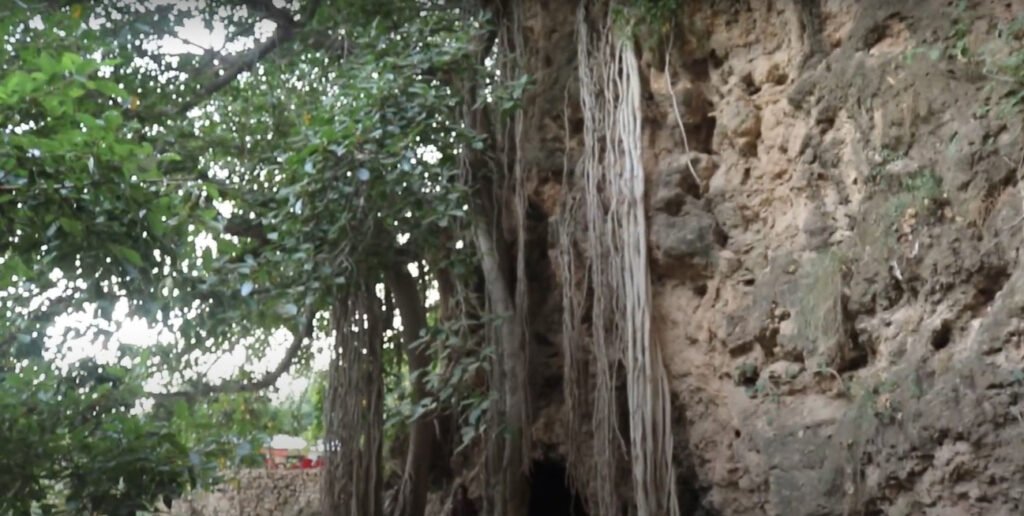
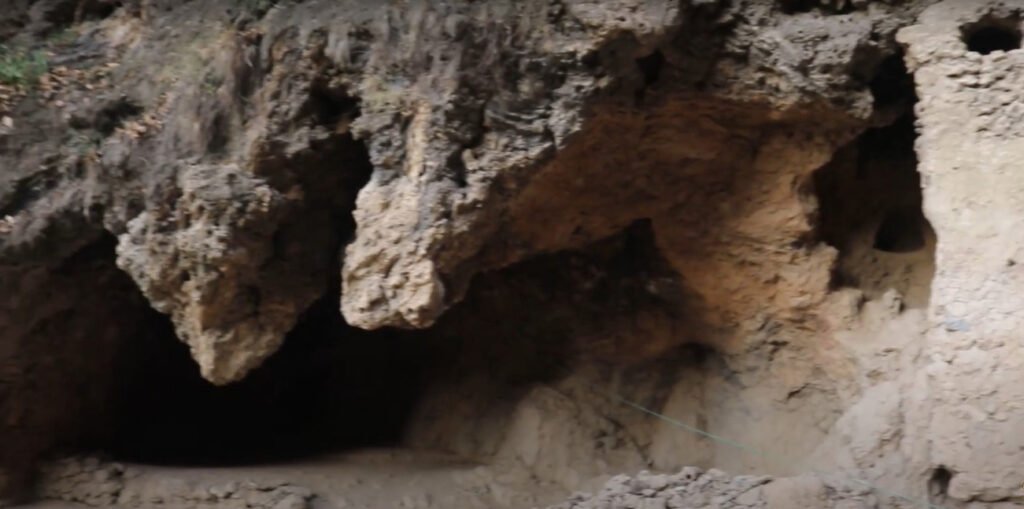
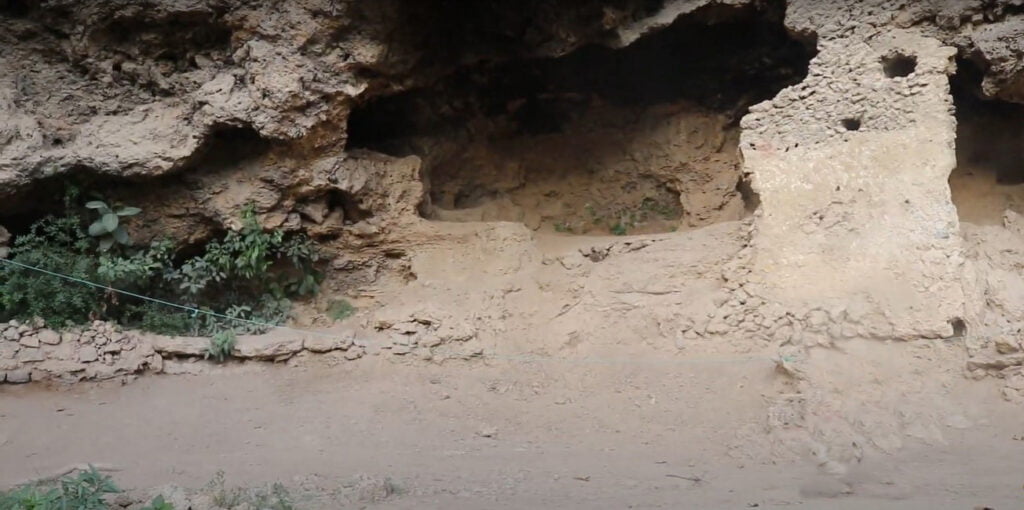
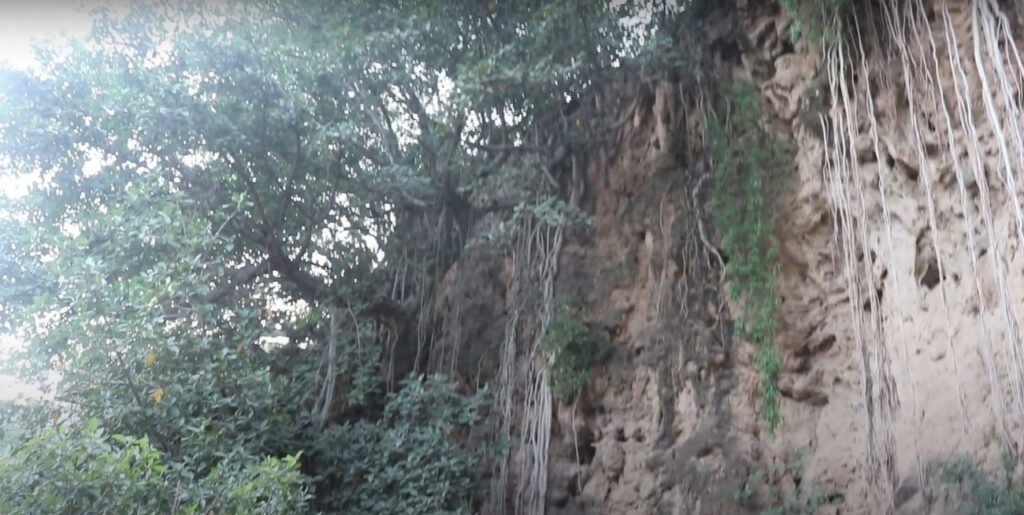
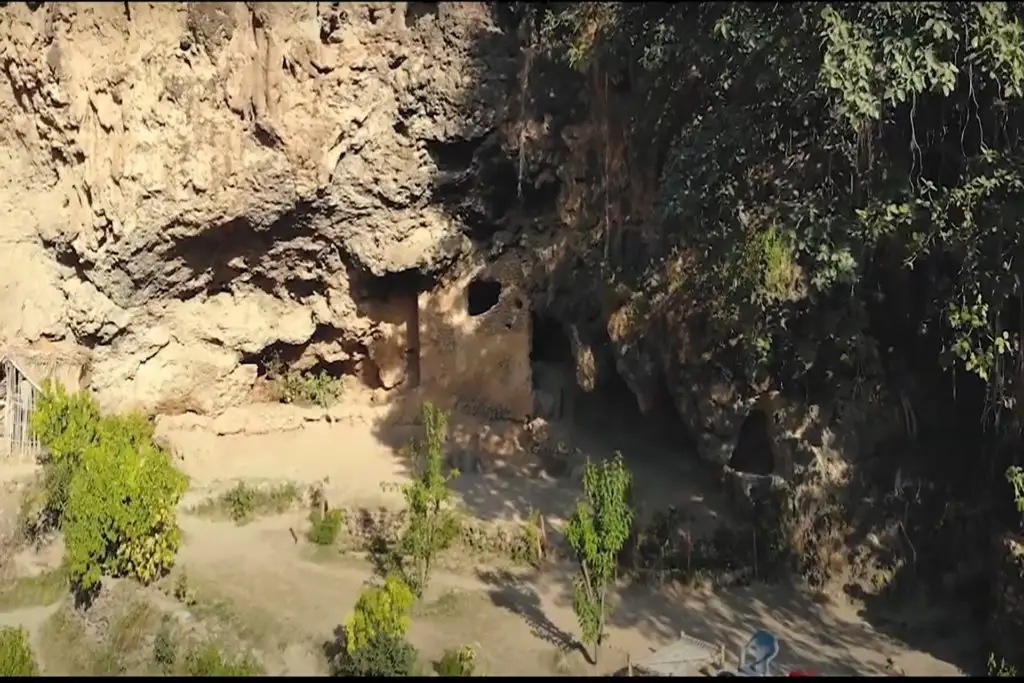
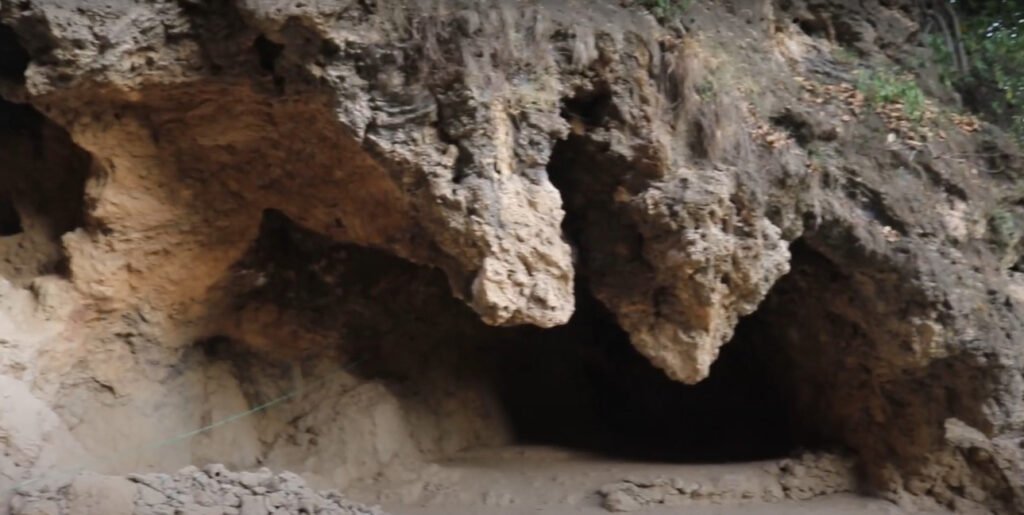
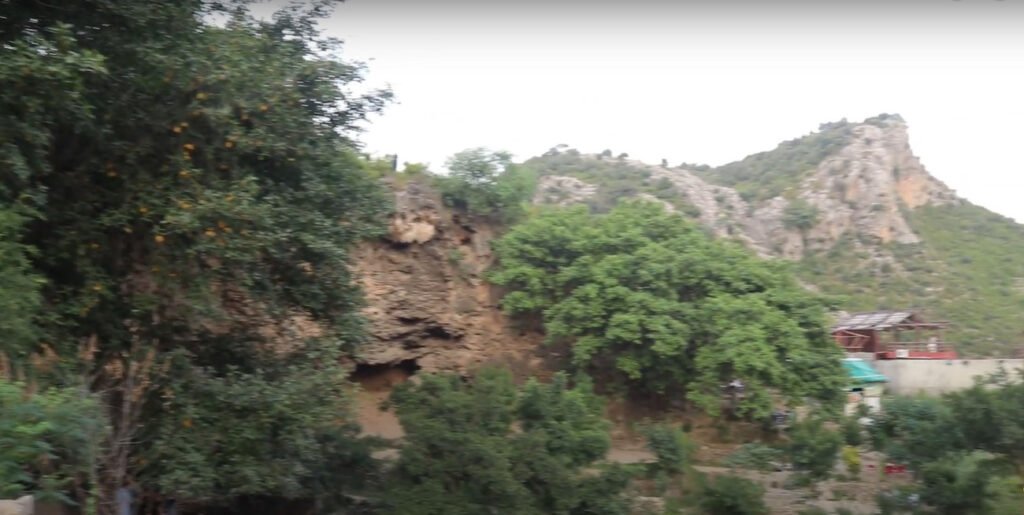
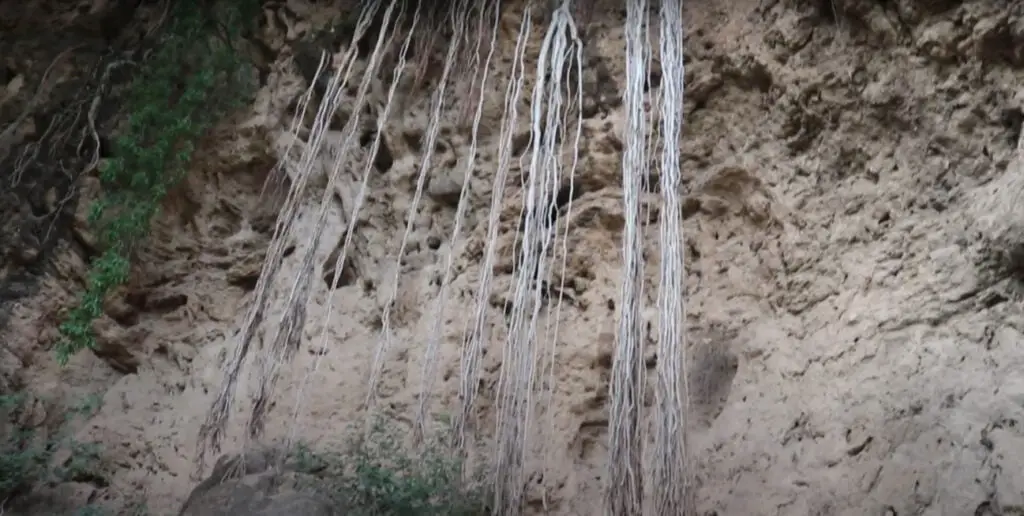
Rehabilitation / Preservation of Shah ALLAH Ditta Caves
Despite the rich history and myths attached to this heritage site, there has been no serious effort at rehabilitation and the ancient site lies in ruins with no one interested in making it a focal point of pilgrimage for the Hindus and Buddhist devotees.
It is the responsibility of the citizens of Islamabad to protect the cave temples as they speak volumes about our cultural history and diversity. Otherwise, the dying cave temples of Islamabad will be among the great losses that our country might have to endure.
The Capital Development Authority (CDA) of Islamabad has decided to allocate Rs100 million to preserve three archaeological sites in the capital including Shah ALLAH Ditta Caves.
In collaboration with the Metropolitan Corporation Islamabad (MCI) and the archaeology department, the CDA will develop the Shah Allah Ditta Caves, a step well commonly known as Kenthala Baoli and a baradari.
A CDA official said that the authority had first planned to only develop the Shah Allah Ditta Caves.
PC-I was prepared by the Capital Development Authority of Islamabad for the conservation and protection of caves in 2010, and the construction of Sadhu Ka Bagh nearby, but the project was not completed.
Though overshadowed by other, more prominent Buddhist sites in Pakistan, the 2,500-year-old Buddhist caves of Shah Allah Ditta village attract hundreds of visitors each weekend. The caves themselves and the amenities surrounding them, however, appear to have been neglected by the authorities, and plans for the regulation, conservation, and development of the site have yet to be put into action.
The Capital Development Authority (CDA) has also made plans over the past couple of years to develop the tourism potential of the site, which include preservation efforts and road repairs leading to Shah Allah Ditta, but these plans still need to be implemented.
It is a long-cherished desire of the residents of the area and history lovers to see this place develop.
Hundreds of students, researchers, and tourists visit Shah Allah Ditta caves on Friday, Saturday, and Sunday, and this number could be increased further if the authorities would develop and maintain the resource.
The pleasant climate, lush green surroundings, and historic importance of the region, the village, and the caves attract visitors. this place is cold during summer and warm during winter.
You can come to this place for recreation and enjoyment with family and friends because it is not only a historical site but you will also be pleasantly surprised to see the village-like environment, beautiful ducks along a stream, and a few food outlets offering tea and food. Take a hot cup of tea at the top of Margalla Hills overlooking the city early in the morning and watch the sunrise.
“The Shah Allah Ditta Caves have great potential to attract national and international tourists. It’s a great place to visit. Don’t forget to have some ‘Pakoray’ and take a ride on the Jhoola (swing).
It is hoped that the authorities would put more effort into preserving and developing the historic site, noting that nations that protect their cultural and historical heritage have greater potential for prosperity.
Shah ALLAH Ditta is a very nice place to visit that is less than an hour’s journey from most places in Islamabad. This is one of the many areas which are yet to be explored full of Natural beauty & history. The area has been maintained, though now one can see quite a bit of litter spread by the visitors.

